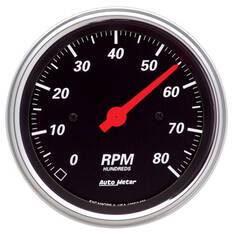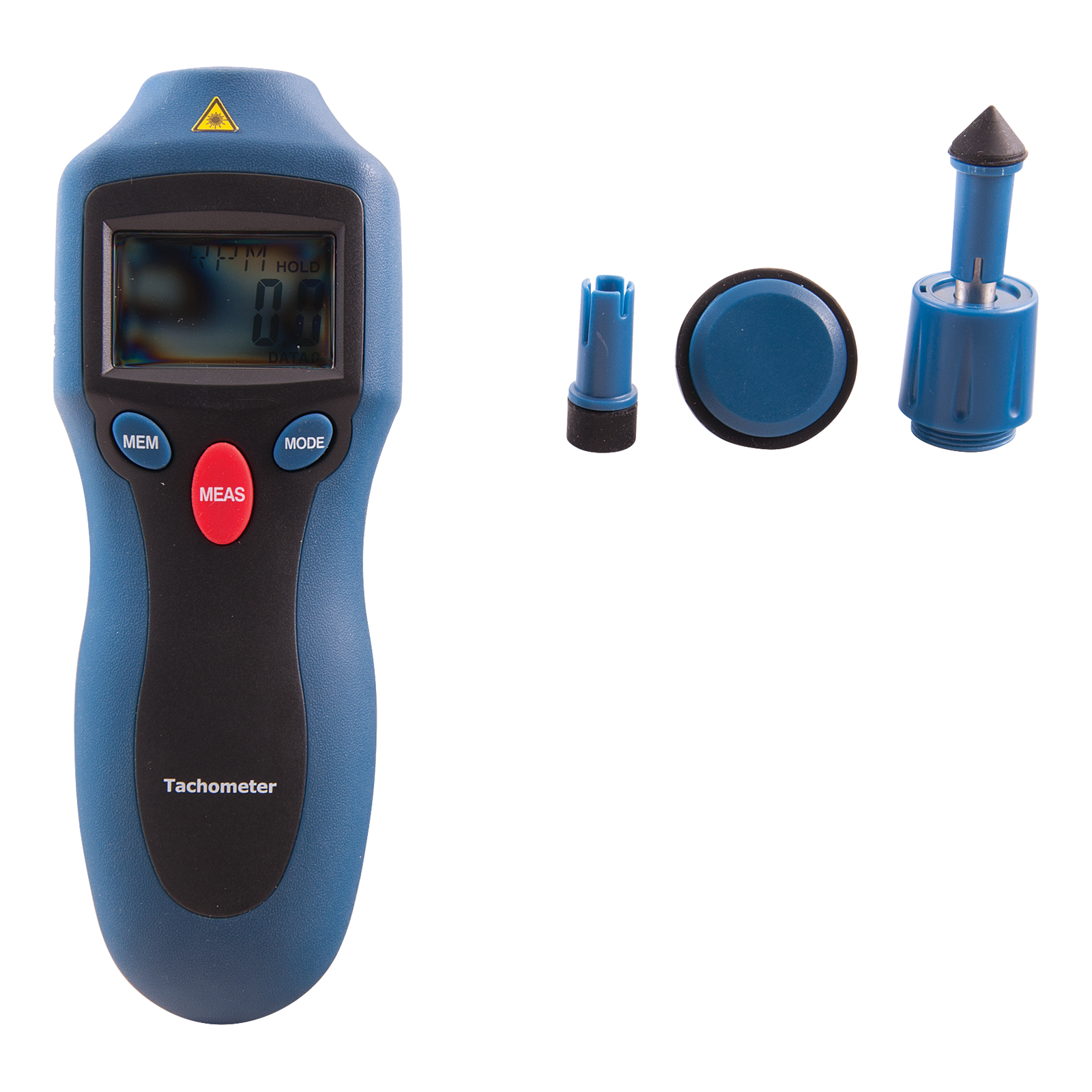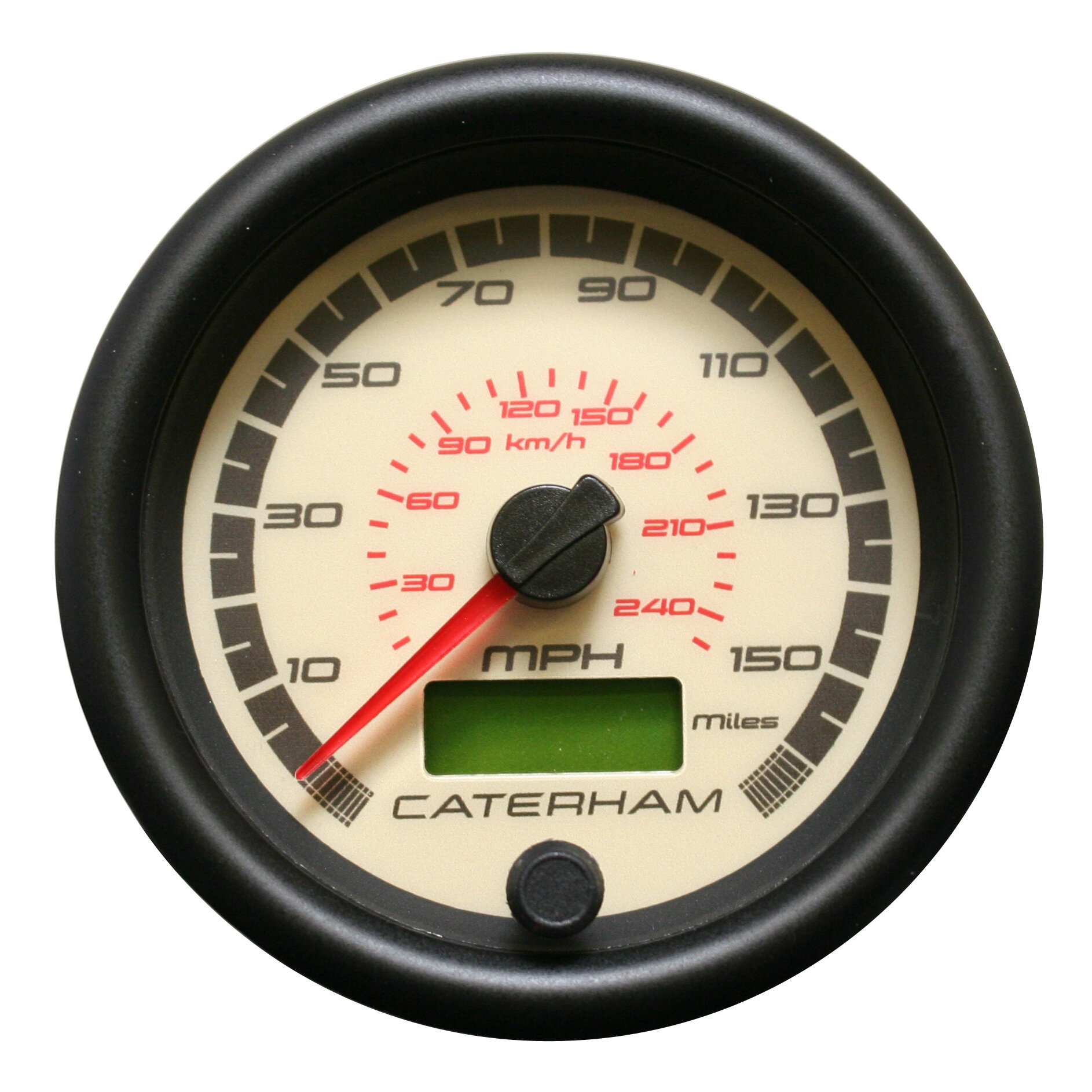Just how to Choose the Right Tachometer for Your Car or Motorbike
Just how to Choose the Right Tachometer for Your Car or Motorbike
Blog Article
The Value of a Tachometer in Monitoring Engine Rate and Performance in Automotive Applications
In the world of vehicle engineering, the tachometer stands as an essential tool in the chauffeur's collection, supplying a direct home window right into the internal operations of an automobile's engine. Beyond its feature as a simple scale of revolutions per min (RPM), the tachometer offers as an essential device for fanatics and specialists alike, providing real-time insights right into engine efficiency and wellness.
Significance of Keeping An Eye On Engine RPM
Keeping an eye on engine RPM, or transformations per min, is a vital facet of auto upkeep and efficiency evaluation. Engine RPM directly associates with the speed at which the engine's crankshaft turns, suggesting how swiftly the engine is running - tachometer. By keeping track of RPM, mechanics can assess the wellness of the engine, spot potential issues, and fine-tune efficiency. An uncommon RPM analysis may signify issues such as engine misfires, faulty ignition system, or concerns with the fuel delivery system. Constantly high RPM analyses can indicate aggressive driving habits or the demand for a higher gear change to enhance fuel effectiveness.
In addition, checking engine RPM is important for performance examination in racing and high-performance lorries. Keeping ideal RPM degrees is vital for accomplishing peak power output and velocity. Racers usually make use of tachometers to guarantee they are running within the optimal RPM array for maximum performance. In recap, keeping an eye on engine RPM is not just essential for finding concerns yet additionally for optimizing engine performance in different vehicle applications.

Advantages of Real-Time Data
In automobile applications, real-time data plays a critical duty in giving immediate understandings into the performance and problem of the automobile. By constantly checking different specifications such as engine speed, temperature, fuel usage, and much more, real-time information uses countless advantages that add to enhanced effectiveness and security on the road.
Furthermore, real-time data facilitates efficiency optimization by offering instant feedback on driving practices and engine efficiency. Drivers can adjust their habits in real-time based on this information to achieve much better gas economic situation and extend the life expectancy of their car.

In addition, real-time information plays an important role in modern vehicle diagnostics, making it possible for professionals to promptly detect and deal with malfunctions. This brings about minimized downtime, lower maintenance expenses, and inevitably, improved overall car dependability and durability (tachometer). By harnessing the power of real-time data, vehicle stakeholders can make informed decisions that positively affect both the efficiency and long life of the car
Influence On Equipment Shifts
The tachometer plays a vital function in maximizing equipment shifts by giving real-time engine rate information to the chauffeur. When coming close to the redline on the tachometer, it signals the motorist to upshift to prevent over-revving the engine and causing potential damage.
In sites addition, the tachometer aids in achieving smoother gear transitions, specifically in hand-operated transmissions. By checking engine speed, motorists can perform gear shifts at the optimum RPM variety, decreasing jerking activities and minimizing wear on the transmission components. right here This precision in equipment modifications not only boosts driving comfort but also adds to sustain effectiveness.
Enhancing Gas Performance
Provided the important role the tachometer plays in optimizing equipment shifts for performance and engine health and wellness, it directly adds to taking full advantage of gas performance in automobile applications. By providing real-time comments on engine speed, the tachometer helps vehicle drivers in maintaining the most efficient RPM range for gas economic situation. When vehicle drivers regularly monitor the tachometer and adjust their driving routines appropriately, they can avoid unnecessary gas intake triggered by over-revving or hauling the engine.
Furthermore, the tachometer aids motorists determine one of the most fuel-efficient equipment to be in at any type of given minute, stopping the engine from working more challenging than essential. This is particularly critical throughout acceleration and cruising, where remaining in the ideal gear can considerably affect gas performance. In addition, the tachometer can inform motorists to possible mechanical problems that could be negatively impacting gas economy, such as a sliding clutch or a clogged up air filter. Finally, the tachometer acts as a beneficial tool in boosting gas efficiency by promoting optimum driving routines and determining locations for renovation in the automobile's performance.

Taking Full Advantage Of Engine Long Life
The tachometer's role in checking engine rate and efficiency is crucial in guaranteeing the longevity of auto engines. By using the tachometer properly, chauffeurs can enhance engine durability look these up via mindful RPM monitoring. Regularly revving an engine too expensive can result in extreme wear and tear on essential components, such as the pistons, valves, and bearings. Over time, this can cause decreased engine performance and potential breakdowns. Monitoring the tachometer permits drivers to remain within the recommended RPM array for their lorry, avoiding unneeded strain on the engine and extending its life-span.

Final Thought
In verdict, the tachometer plays a critical role in keeping an eye on engine speed and efficiency in vehicle applications. By giving real-time data on RPM, it permits reliable equipment changes, boosted fuel effectiveness, and maximized engine longevity. This tool is important for preserving optimal engine efficiency and ensuring the general performance of an automobile.
Report this page